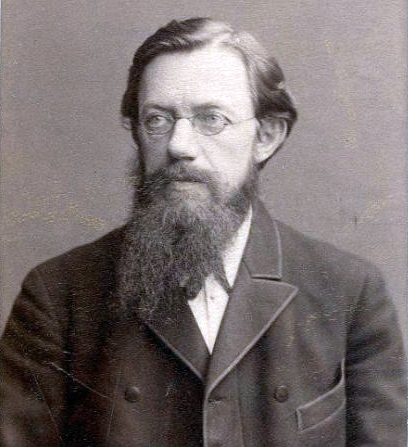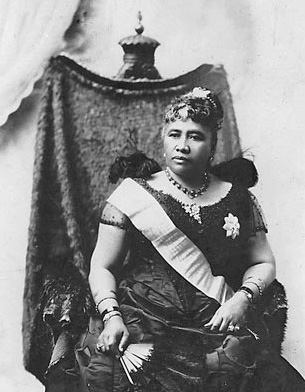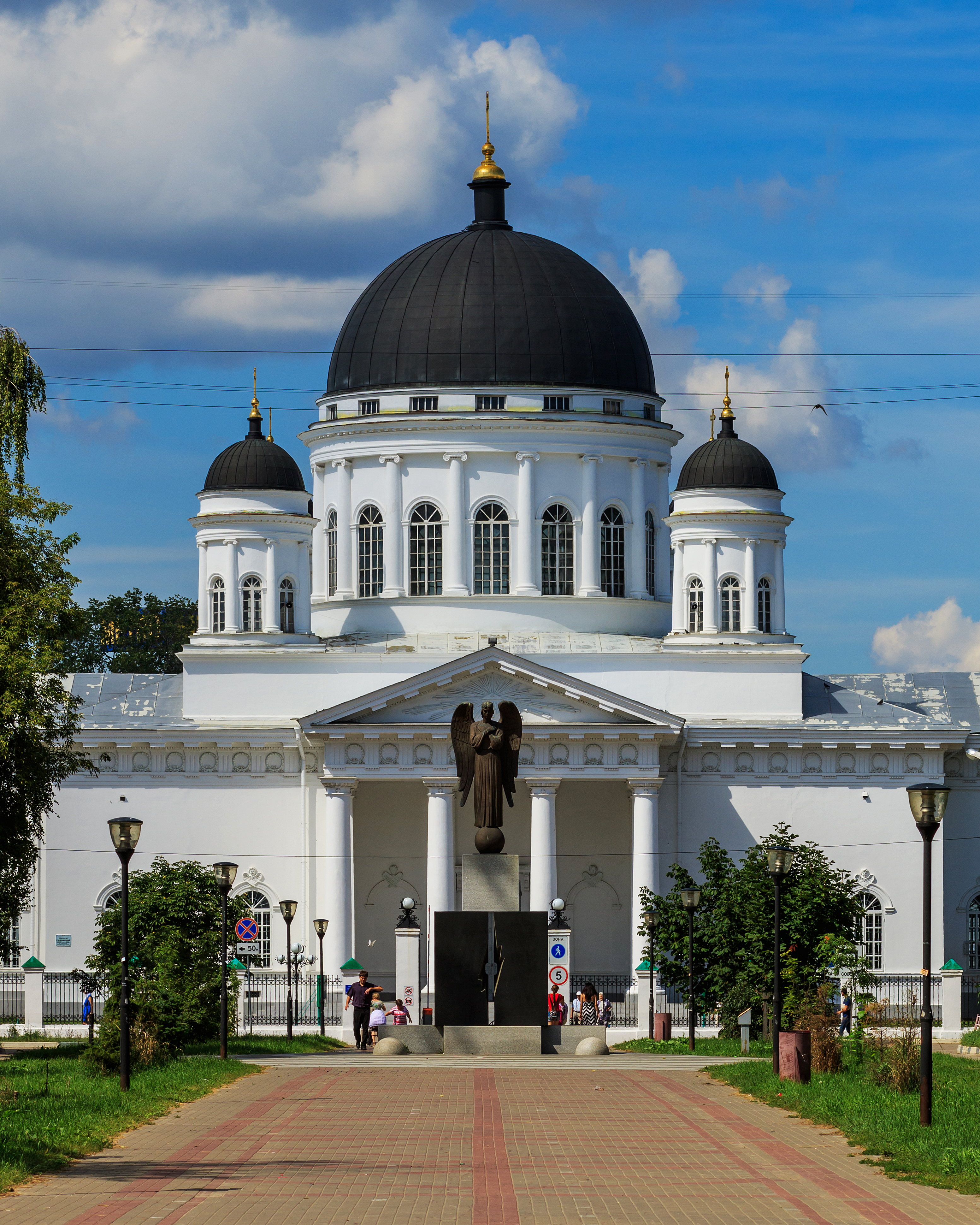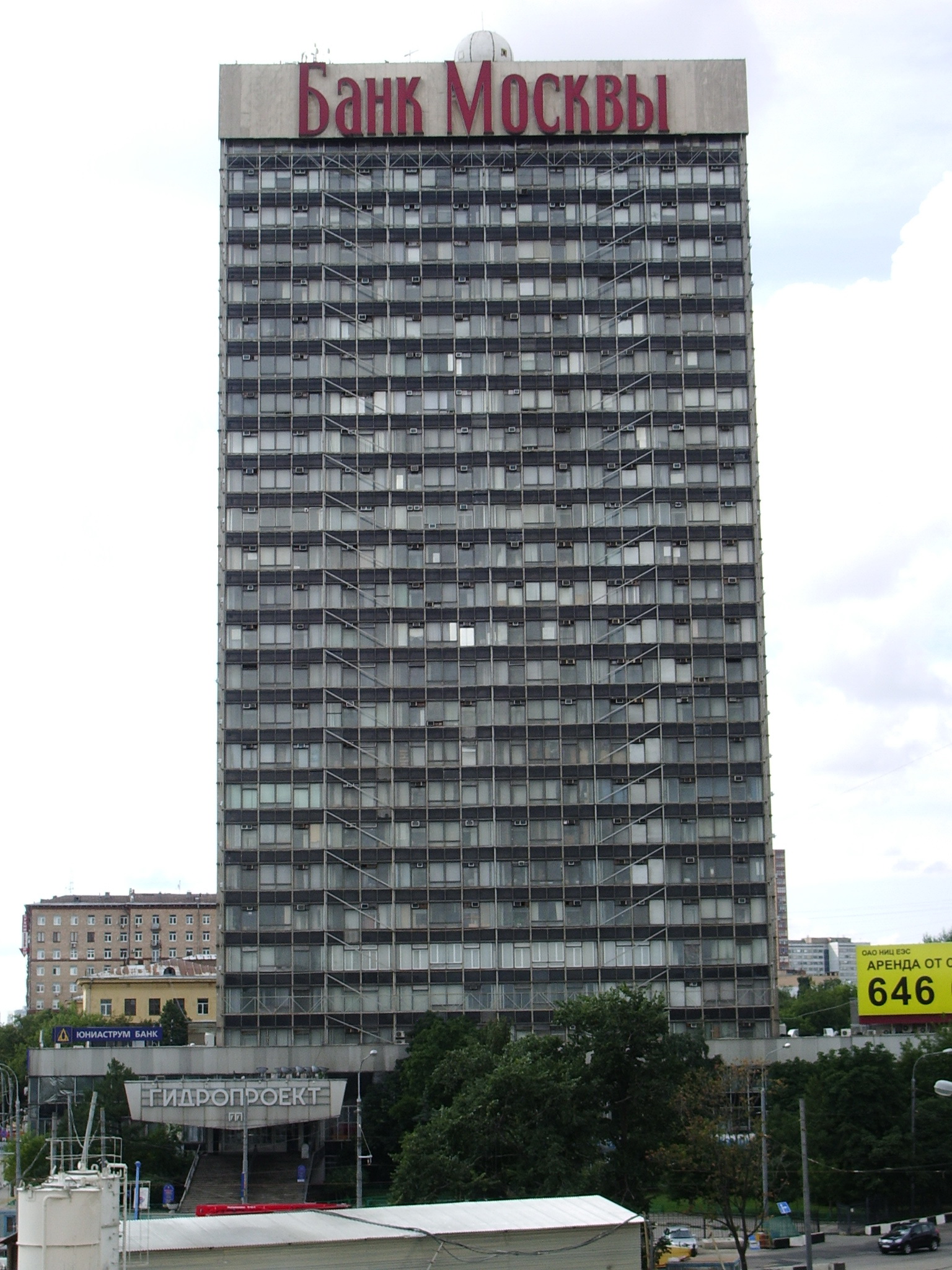|
Nikolay Kolosovsky
Nikolay Kolosovskiy (19 September 1891 – 25 November 1954) was a Russian and Soviet economic geographer and economist, one of founders of the Soviet Rayon (Regional) school of economic geography. Biography Kolosovskiy was born in a family of Nizhny Novgorod Fair employee. In 1916, he graduated from Petersburg University of Means of Communication and worked at construction of railways in Transbaikal region. In the years 1921–1931, he worked in Gosplan where was engaged in division of USSR into economic districts, working out of schemes of studying and development of resources of Siberia and the Far East (Uralo-Kuznetsk industrial complex, the Trans-Siberian superhighway, Angarostroi). In the years 1931–1936, Kolosovskiy worked in Hydroproject, where he developed the project of power-industrial complex at Angara river. In the years 1936–46, he worked in Soviet Academy of Sciences. During World War II he supervised war industries expansion in Ural, and decision ... [...More Info...] [...Related Items...] OR: [Wikipedia] [Google] [Baidu] |
Department Of Economic And Social Geography Of Russia
The Department of Economic And Social Geography of Russia (russian: Кафедра экономической и социальной географии России) is one of the oldest and the largest Russian educational and research centers in economic geography and regional science History The Department of Economic And Social Geography of Russia is the oldest department of the geographical faculty in Moscow State University. It was founded in 1929 by Nikolay Baranskiy as a chair of economic geography on geographical branch of the mehaniko-mathematical faculty. In 1933 it was a part of the soil-geographical faculty as a Chair of Economic Geography of the USSR. After foundation of the geographical faculty in Moscow State University in 1938, the department became a constant division in its structure. Since 1992 it has been called the department of economic and social geography of Russia. The first head of the department was its founder, N. Baranskiy, professo ... [...More Info...] [...Related Items...] OR: [Wikipedia] [Google] [Baidu] |
Soviet Geographers
This list of Russian Earth scientists includes the notable geographers, geologists, oceanographers, meteorologists, ecologists and other representatives of Earth sciences from the Russian Federation, the Soviet Union, the Russian Empire and other predecessor states of Russia. Alphabetical list __NOTOC__ A *Vladimir Abazarov, geologist, discoverer of Samotlor oil field, the largest Russian oil field * Dmitry Anuchin, anthropologist and geographer, coined the term " anthroposphere", determined the location of the Volga river source *Andrey Arkhangelsky, geologist B * Karl Baer, naturalist, formulated the geological Baer's law on river erosion, co-founder of the Russian Geographical Society * Valeri Barsukov, geologist *Vladimir Belousov, geologist *Lev Berg, determined the depth of Central Asian lakes, including Balkhash Lake and Issyk Kul, a head of the Soviet Geographical Society *Yuri Bilibin, geologist, studied placer geology and organized expeditions that discove ... [...More Info...] [...Related Items...] OR: [Wikipedia] [Google] [Baidu] |
1954 Deaths
Events January * January 1 – The Soviet Union ceases to demand war reparations from West Germany. * January 3 – The Italian broadcaster RAI officially begins transmitting. * January 7 – Georgetown-IBM experiment: The first public demonstration of a machine translation system is held in New York, at the head office of IBM. * January 10 – BOAC Flight 781, a de Havilland Comet jet plane, disintegrates in mid-air due to metal fatigue, and crashes in the Mediterranean near Elba; all 35 people on board are killed. * January 12 – Avalanches in Austria kill more than 200. * January 15 – Mau Mau leader Waruhiu Itote is captured in Kenya. * January 17 – In Yugoslavia, Milovan Đilas, one of the leading members of the League of Communists of Yugoslavia, is relieved of his duties. * January 20 – The US-based National Negro Network is established, with 46 member radio stations. * January 21 – The first nuclear-pow ... [...More Info...] [...Related Items...] OR: [Wikipedia] [Google] [Baidu] |
1891 Births
Events January–March * January 1 ** Paying of old age pensions begins in German Empire, Germany. ** A strike of 500 Hungarian steel workers occurs; 3,000 men are out of work as a consequence. **German Empire, Germany takes formal possession of its new African territories. * January 2 – A. L. Drummond of New York City, New York is appointed Chief of the Treasury Secret Service. * January 4 – The Earl of Zetland issues a declaration regarding the famine in the western counties of Ireland. * January 5 **The 1891 Australian shearers' strike, Australian shearers' strike, that leads indirectly to the foundation of the Australian Labor Party, begins. **A fight between the United States and Indians breaks out near Pine Ridge agency. **Henry B. Brown, of Michigan, is sworn in as an Associate Justice of the Supreme Court of the United States, Supreme Court. **A fight between railway strikers and police breaks out at Motherwell, Scotland. * January 6 &ndas ... [...More Info...] [...Related Items...] OR: [Wikipedia] [Google] [Baidu] |
Nikolay Baranskiy
Nikolay Nikolayevich Baransky (russian: Николай Николаевич Баранский; – 29 November 1963) was a Soviet economic geographer, founder of Soviet Rayon (Regional) school of economic geography, and corresponding member of Soviet Academy of Sciences (1939); he was a Hero of Socialist Labour (1962) and winner of the Stalin Prize (1952).Баранский Николай Николаевич Great Soviet Encyclopedia Biography Nikolay Baransky was born in Tomsk into the family of a teacher. In 1898 he joined |
Plekhanov Institute Of The National Economy
The Plekhanov Russian University of Economics (russian: Российский экономический университет имени Г. В. Плеханова) is a public research university in Moscow, Russia. It was founded in 1907 by entrepreneur Alexei Vishnyakov as the first finance-specialized college in the Russian Empire. During the Soviet rule it became a large university. In addition to accreditation by the Ministry of Education, the university has accreditations of the Association of Chartered Certified Accountants, European Council for Business Education and the Association of MBAs. PRUE is also a member of the European University Association (suspended in 2022 due to the 2022 Russian invasion of Ukraine), Association to Advance Collegiate Schools of Business, and the European Foundation for Management Development. PRUE changed its name more than once: Moscow Commercial Institute (1907–1919); Karl Marx Moscow Institute of the National Economy (1919–1924); ... [...More Info...] [...Related Items...] OR: [Wikipedia] [Google] [Baidu] |
MSU Faculty Of Geography
MSU Faculty of Geography (russian: Географический факультет МГУ) is a faculty of Moscow State University M. V. Lomonosov Moscow State University (MSU; russian: Московский государственный университет имени М. В. Ломоносова) is a public research university in Moscow, Russia and the most prestigious ..., created in 1938 by order #109 dated 23 July 1938. There are 15 departments: Human geography branch *Department of Social and Economic Geography of foreign countries *Department of Economic And Social Geography of Russia *Department of Geography of World Economy *Department of Recreational Geography and Tourism Physical geography branch *Department of Physical Geography and Landscape Science *Department of Geomorphology and Paleogeography *Department of Glaciology and Cryolithology *Department of Biogeography *Department of Geochemistry of Landscapes and Soil Geography Hydrometeorological branch ... [...More Info...] [...Related Items...] OR: [Wikipedia] [Google] [Baidu] |
State Stalin Prize
The USSR State Prize (russian: links=no, Государственная премия СССР, Gosudarstvennaya premiya SSSR) was the Soviet Union's state honor. It was established on 9 September 1966. After the dissolution of the Soviet Union, the prize was followed up by the State Prize of the Russian Federation. The State Stalin Prize (:ru:Сталинская премия, Государственная Сталинская премия, ''Gosudarstvennaya Stalinskaya premiya''), usually called the Stalin Prize, existed from 1941 to 1954, although some sources give a termination date of 1952. It essentially played the same role; therefore upon the establishment of the USSR State Prize, the diplomas and badges of the recipients of Stalin Prize were changed to that of USSR State Prize. In 1944 and 1945, the last two years of the Second World War, the award ceremonies for the Stalin Prize were not held. Instead, in 1946 the ceremony was held twice: in January for the works creat ... [...More Info...] [...Related Items...] OR: [Wikipedia] [Google] [Baidu] |
Nizhny Novgorod Fair
Nizhny Novgorod Fair (''old name — Makaryev Fair'') (russian: Нижегородская ярмарка) was a fair in Nizhny Novgorod held annually every July near Makaryev Monastery on the left bank of the Volga River from the mid-16th century to 1816. Following a massive fire in 1816, it was moved to Nizhny Novgorod, but for some decades thereafter it still was commonly referred to as Makaryev Fair. It attracted many foreign merchants from India, Iran, and Central Asia. According to Durland, a journalist who visited the fair in 1905, the fair dates from "before the discovery of America." The fair was established by Muscovite princes to compete with, and draw commerce away from, a fair held since 1257, at Kazan, the Tartar capital. At the time Durland visited the fair, it consisted of 60 buildings, 2,500 bazaars and 8,000 exhibits, with goods for sale, along with a broad range of performances for the public. This fair was a commerce centre to sell up to half the total produc ... [...More Info...] [...Related Items...] OR: [Wikipedia] [Google] [Baidu] |
Angara
The Angara ( Buryat and mn, Ангар, ''Angar'', "Cleft"; russian: Ангара́, ''Angará'') is a major river in Siberia, which traces a course through Russia's Irkutsk Oblast and Krasnoyarsk Krai. It drains out of Lake Baikal and is the headwater tributary of the Yenisey. It is long, and has a drainage basin of . It was formerly known as the Lower or Nizhnyaya Angara (distinguishing it from the Upper Angara). Below its junction with the Ilim, it was formerly known as the Upper Tunguska (russian: Верхняя Тунгуска, ''Verkhnyaya Tunguska'', distinguishing it from the Lower Tunguska) and, with the names reversed, as the Lower Tunguska. Course Leaving Lake Baikal near the settlement of Listvyanka, the Angara flows north past the Irkutsk Oblast cities of Irkutsk, Angarsk, Bratsk, and Ust-Ilimsk. It then crosses the Angara Range and turns west, entering Krasnoyarsk Krai, and joining the Yenisey near Strelka, south-east of Lesosibirsk. Dams and res ... [...More Info...] [...Related Items...] OR: [Wikipedia] [Google] [Baidu] |
Hydroproject
Hydroproject (russian: Институт «Гидропроект», Gidroproekt) is a Russian hydrotechnical design firm. Based in Moscow, it has a number of branches around the country. Its main activities are design of dams, hydroelectric stations, canals, sluices, etc. Hydroproject and its predecessor institutions have designed most of the hydroelectric dams and irrigation and navigation canals that have been built in the Soviet Union and Russia since the 1930s. They have designed a number of high-profile projects abroad as well, from India to Egypt to Canada. The institute, under Sergey Yakolevich Zhuk's leadership, also researched the Northern river reversal's potential. Furthermore, it has been involved in realising nuclear power plants in the Soviet Union between 1969 and 1986. History Hydroproject traces its history to the design departments of the Moscow Canal Construction Project (the 1930s), and the Hydroelectrostroy Trust (Трест “Гидроэлектрос ... [...More Info...] [...Related Items...] OR: [Wikipedia] [Google] [Baidu] |





